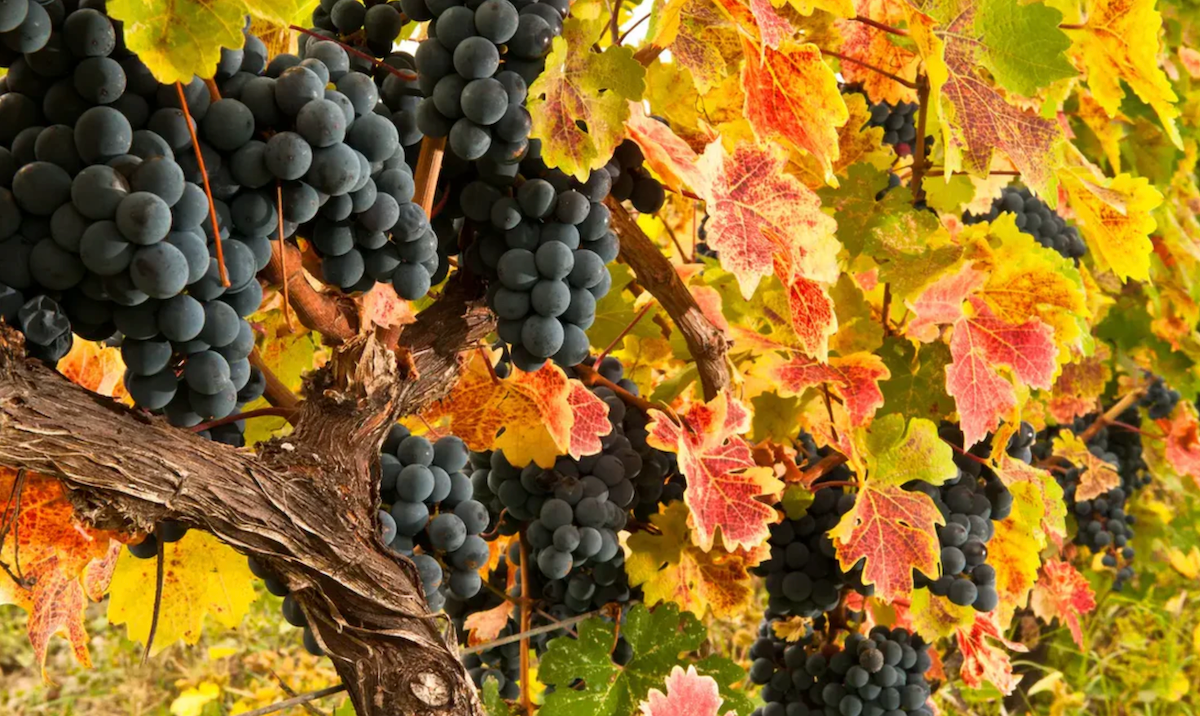Your basket is empty
Already have an account? Log in to check out faster.
Wine Club
A wine club membership designed for the intrepid explorer and tastemaker, or anyone looking to drink something new and delicous. With each shipment, you will discover extraodinary and unique wines, and the stories behind these passionate winegrowers and the regions they call home.
From $98.00
Curated Collections
Choose your own wine adventure with our 4-, 6- and 12-bottle Curated Collections. Ideal for enhancing your personal cellar or giving as thoughtful gifts. Shop by Occasion, Region, or Staff Favorites, and explore the diverse and extensive Vinalia portfolio today.
Bottle Shop
Embark on a journey through the world of wine, one grape at a time. Our Bottle Shop showcases the hidden gems of lesser-known wine regions, granting you access to incredible wines rarely found in the US.
Seasonal Sips
Cozy up this season with our Wines of Winter Collection, featuring rich, warming bottles perfect for chilly nights and festive gatherings.
Gift Guide
Shop Vinalia's wine gifts for all of the wine lovers in your life. From your favorite bottles to one-off collections and gift cards, all include a custom note. Gifting wine just got easier.
Corporate Gifting
Whether it’s for your team, clients, or partners, Vinalia’s handpicked wine collections offer a personal and unforgettable way to say thank you. We offer white glove service to ensure that every detail is accounted for, and we’ll streamline the whole process for you to make gift-giving simple.
Wine Tastings
At Vinalia, we believe every bottle tells a story, and our wine tastings bring those stories to life. Led by certified wine experts—including our co-founders, Bryce Wiatrak (Master of Wine candidate) and Mary Collineau (WSET Diploma candidate)—our tastings are engaging, educational, and anything but boring.
Our Producers
We source wines from winemakers across the globe who honor their land, history, and traditions. Their passion, dedication, and expertise are evident in every bottle we offer. Explore their stories here and discover the unique grapes they cultivate, as well as the regions they call home.
Our Story
Our goal is to shed light on the people, regions, and traditions that make up the incredibly diverse world of wine today. For we believe that great wine can come from any grape, any region, and any one. Read Our Story here.
Our Recipes
Just as the world of wine is vast and diverse, so too is the culinary landscape, though many local delicacies remain unrepresented here in the US. Our recipes honor the culinary traditions of the regions we source from, highlighting dishes that complement our wines.
Our Journal
Planning a trip to Greece and want to learn about its top wine regions and grapes? Or are you looking to discover 10 new Italian grapes to try? Discover answers to these questions and more in Our Journal, our weekly blog dedicated to all things wine.
Cultivar Club
Vinalia's Exclusive Loyalty Program. Join the club and be rewarded with exclusive discounts, club member perks and more!

Alcohol is, of course, one of the most critically important components of a wine. To kick off 2025, let’s discuss where alcohol in wine comes from, what role it plays, and how it can be adjusted.
Alcohol derives from the sugars in grapes, which are constructed through the process of photosynthesis. During photosynthesis, the vine captures sunlight, water, and carbon dioxide and creates sugar and oxygen. After veraison (the point midway through the growing season when grapes shift from green to red or yellow), the sugars are moved from the leaves to the berries. This process of ripening continues until harvest as the grapes accumulate more and more sugars.
The amount of sugar a grape accumulates is directly proportional to its potential alcoholic strength. Sugar accumulation depends on both the grape variety and the climate. Certain varieties simply accumulate more sugar than others. Further, grapes can achieve greater ripeness with increased access to sunlight, amplified even more by heat. For this reason, warm, sunny regions tend to produce more alcoholic wines than cool, cloudy ones. Desired alcohol level in a wine is a key consideration when choosing a harvest date. Winemakers wanting fuller, higher alcohol wines may allow grapes to hang longer on the vine than winemakers seeking lighter, lower alcohol styles.
During the fermentation process, wine yeasts convert the sugars in the grape must into alcohol (specifically ethanol) and carbon dioxide. It is during fermentation that juice is transformed into wine. Most wines naturally fermented to dryness contain around 12-15% alcohol by volume (ABV). That three percent range may seem small, but the sensorial effects of a 12% ABV wine versus a 15% ABV wine can be dramatic.
Yes, there are many opportunities for a winemaker to adjust the amount of alcohol in a wine. Winemakers looking to increase ABV may choose to add additional sugar to the must, a process called chaptalization, thereby giving the yeasts more material to convert into alcohol. While less widespread than it once was, chaptalization is still practiced in many cooler winegrowing regions, especially in cold and rainy vintages. A more extreme option is to simply add alcohol to a wine, typically in the form of brandy, through a process called fortification. Port, Sherry, and Madeira all rely on fortification to create their unique styles and raise their ABVs as high as 20%. For each of these historic categories, such high alcoholic strength allowed their export far and wide without spoilage.

You must be of legal drinking age to enter this website.
Gifting has never been easier
Perfect if you're short on time or are unable to deliver your gift yourself. Enter your message and select when to send it.